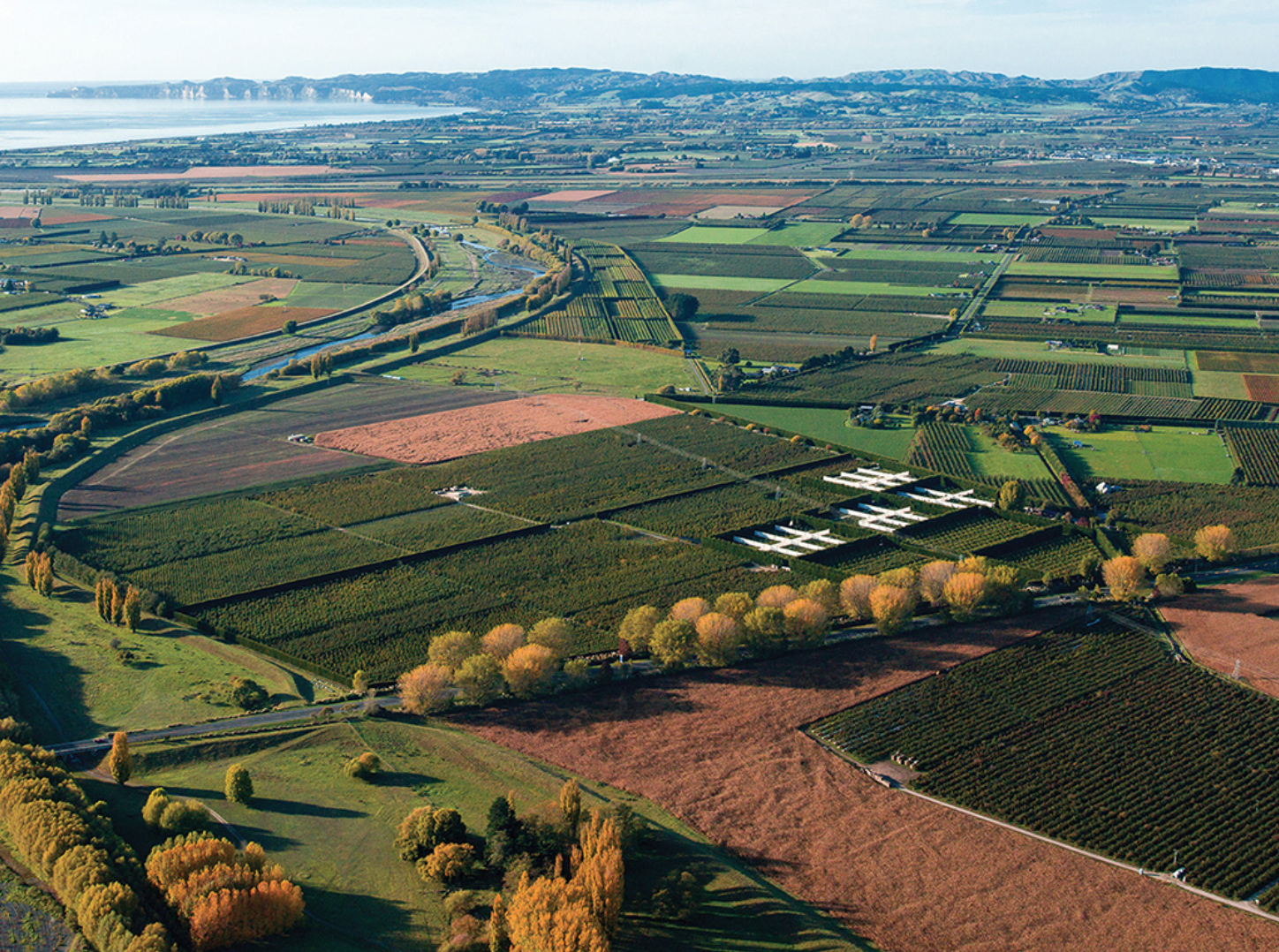National Policy Statement on Highly Productive Land
National Policy Statement on Highly Productive Land
(NPS-HPL)
Watch the supportive BayBuzz video link here: https://baybuzz.co.nz/new-protection-for-hb-precious-soils/
On the 18th September 2022, the NPS-HPL was released by David Parker in Hawke’s Bay. This is a long-awaited document designed to protect highly fertile land from urban sprawl providing security for both our domestic food supply and primary exports. This is a very real issue that is happening not just on our Heretaunga Plains, but all-over New Zealand.
Parker said: “The National Policy Statement will greatly improve how we protect highly-productive land from inappropriate subdivision, use and development. We need to house our people and to feed them too. Our cities and towns need to grow but not at the expense of the land that’s best suited to grow our food. The NPS-HPL will help protect our best growing areas…”
Over the last 20 years, about 35,000 hectares of our highly productive land has been carved up for urban or rural residential development, while another 170,000 hectares of this same fertile land has been converted to lifestyle blocks.
Regional Councils all over New Zealand have about 3 years to map and identify Land Use Capability (LUC) 1, 2, and 3 soils which will give a guide for councils to manage productive land and protect it from inappropriate use and development.
However, subdivisions for housing on highly-productive land could still be possible in very limited circumstances if there is no alternative for such developments on unproductive land.
While it comes into effect on the 17th October 2022, any land already marked for subdivision can still go ahead, which is a disappointing aspect of this document.
This begs the questions: will the NPS-HPL be able to adequately protect our future food supply? Or is this it too little too late?"
The NPS-HPL will be transitioned into the two Acts; the Spatial Planning Act (SPA) and the Natural and Built Environments Act (NBA), replacing the Resource Management Act (RMA).
The NPS-HPL is designed to complement the National Policy Statement on Urban Development, (NPS-UB) which is meant to reduce the demand for outward urban growth on highly productive land and promote high density urban development living within existing city/town boundaries.
Hawke’s Bay has seen more than its share of versatile soils consumed by such conversion.
Our local Save the Plains group has been lobbying councils and the Government on this threat to valuable soils for several years.
Although not as watertight as we would like, it is a step in the right direction and it will be interesting to see how individual councils in NZ interpret the NPS HPL to protect our valuable soils for future generations. Hopefully this document has enough legal teeth to stop councils that are tempted to step out of line in approving any development on fertile soils.
We as a group are thrilled with the timely release of this document and this is exactly what we have been fighting for over the last three plus years. We think it's significant that this document was released here in HB. It’s recognition, we believe, of all the hard work we have been doing in this area. After all, we are the only recognised entity in NZ that has been fighting to save the fertile soils and give them a voice.
This doesn't mean that we now rest on our laurels, but rather keep vigilant as we don't believe this fight will ever be over.
The National Policy Statement for Highly Productive Land 2022 is available here: https://environment.govt.nz/publications/national-policy-statement-for-highly-productive-land
Heretaunga Plains
